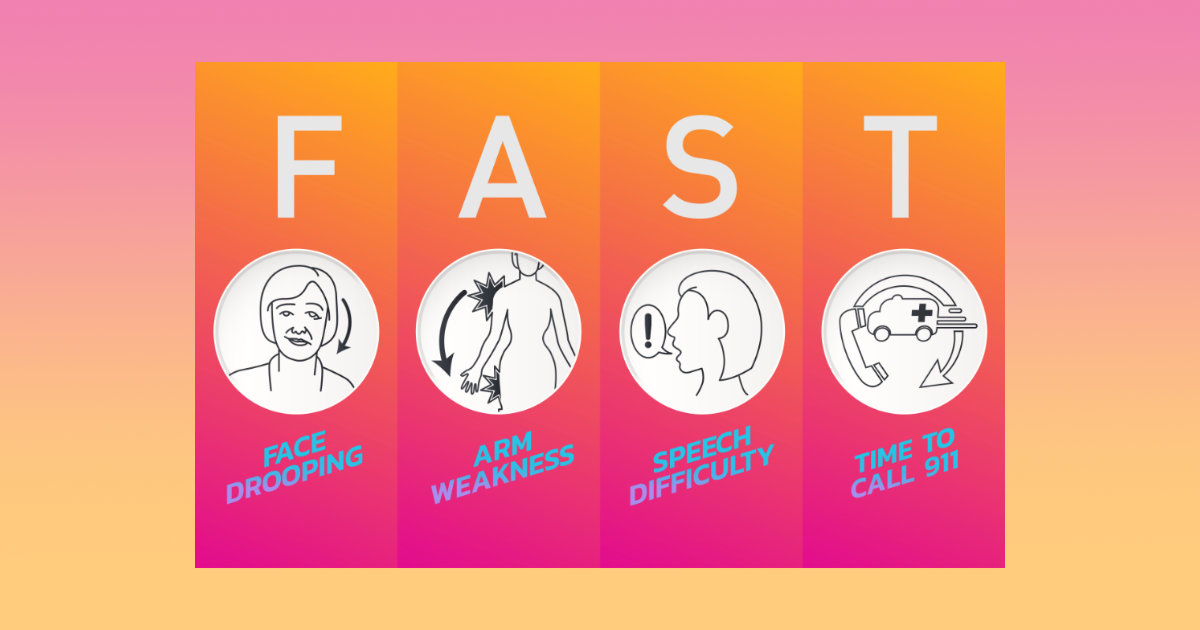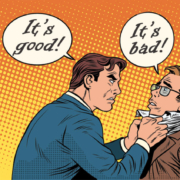Suspect a Stroke? Act FAST
The other day, for no particular reason at all, I got really dizzy for a moment. I wasn’t spinning in circles or doing anything else that might have caused it, so I did what I always do: I acted FAST and looked for signs and symptoms of a stroke. The American Heart Association (AHA) has taught that acronym for years, but recently a group of neurosurgeons added more to it. Today, we review the original acronym FAST. What does it mean?
F: face drooping. Does one side of your face seem to be pulled down? If you smile—a really, really big smile—are you smiling equally on both sides of your face?
A: arm weakness. Typically, you would stand with your arms raised out to the side and parallel to the ground. You can check to see if one arm does not quite make it to parallel with the ground or if it drifts back down. I also grabbed a stick and squeezed as hard as I could.
S: speech difficulty. Try repeating a simple phrase to see if you can remember it and if it sounds clear. For some reason I chose the old “How much wood could a woodchuck chuck…” Not the easiest thing to try to repeat a couple of times, but I did.
T: time to call 911. Do you call if you just have one sign or symptom? Yes! Do you still call if these symptoms seem to resolve themselves shortly? Yes! I didn’t have any symptoms, but I still told Paula. I was going to do a song and dance, but I never could in the first place, so it wouldn’t have gone well.
The reason time is so important is that with today’s medical technology, the sooner treatment begins, the better the outcome to regain all functions. AHA says, “stroke patients who are treated with the clot-busting drug IV r-tPA Alteplase within 90 minutes of their first symptoms were almost three times more likely to recover with little or no disability.”
What did the brain surgeons want to add? I’ll tell you on Thursday. It’s Memorial Day weekend and you may need the information if you’re attending any gatherings.
What are you prepared to do today?
Dr. Chet
Reference: https://www.stroke.org/en/about-the-american-stroke-association/stroke-awareness-month









